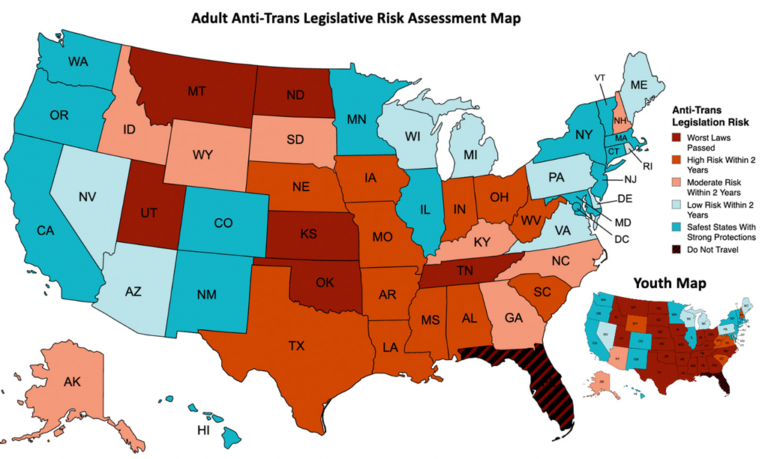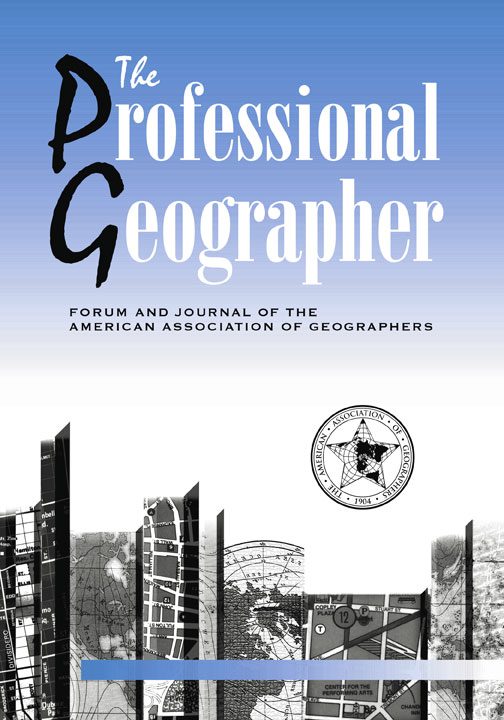Building Vibrant Departmental Cultures, Part Two: Creating a culture of respect and care for students, staff and faculty


My previous column began the story of Indiana University Geography’s near-death experience in the 2010s and our decade of collective work to transform the department. Walking away from the traditional physical/human-environment/human geography division was a key aspect of that transformation, but creating a culture of care and respect and developing more transparent, horizontal governance were key components as well. In this column, I focus on how we created a more respectful and supportive departmental culture; I will address governance in the third column in this series.
Building respectful and supportive practices
I don’t know when the culture at IU Geography broke down; by the time I arrived to interview in spring 2008, the level of intellectual and personal disrespect within the department was intense enough that I nearly refused the job. In the end, I accepted, thinking that if I could keep my head down and my office door shut the cultural issues would not affect me. But as anyone who has been in a toxic department knows, bad behavior has surprisingly pervasive effects.
Our departmental meltdown in Fall 2011 had many long-term causes, but the immediate catalyst was two physical scientists declaring during a meet-and-greet with our new Dean that their situation was untenable because of teaching load and the presence of social scientists, and that they had independently begun negotiations to merge our department into the Geology Department. The rest of us were shocked and horrified. Our new Dean was unimpressed by our collective dysfunction, to put it mildly.
The year that followed was deeply stressful and upsetting. We were nearly forced to merge into two other units and multiple faculty moved to other departments or left IU. In the end, when the Dean decided to support our continued existence and gave us hires to rebuild, one of our highest priorities was building a more supportive and respectful culture. That took many different forms, but I’ll highlight three here.
The first was a commitment to respectful speech. We asserted, and then reinforced, the importance of treating everyone in the department (students, staff, faculty, colloquium speakers, etc.) respectfully in person and in email. This included an explicit acknowledgement that people in the department employed very different models of scholarship, and that all were worthy of respect.
Secondly, we changed department practices to better support each other’s lives outside of work. The point was not to recast the department as family, but to acknowledge that we are all human: some of us have care responsibilities; others have chronic illnesses or other vulnerabilities. We acknowledged and tried to support that in multiple ways, such as stepping in to cover classes when someone had surgery and moving the timeslot for our colloquium earlier to accommodate childcare pick-up times.
Perhaps the most important of these changes has been our collective commitment to only hire people who treat others well (the “no a**holes” rule). This rule has been challenged occasionally when one or more of us was starry-eyed about an exceptionally strong CV; so far, though, we have held the line. Those of us who survived the meltdown at IU, or who came in from other departments with toxic cultures, are all too aware of the value of collegiality.
Meal trains as a metric
There are many metrics for assessing attempts to build more supportive and respectful department cultures; mine is meal trains.
Meal trains are a form of mutual aid in which people cook and bring meals to someone who needs support. When my daughter was born at a difficult time for my family, our community in Berkeley brought us dinner every other night for six weeks, getting us through the worst of the transition. Meal trains are powerful symbolically, drawing the recipient into a network of care. They are also powerful practices: there is nothing like preparing a meal with your own hands to ground you in care for another.
When I arrived at IU, there was no tradition of meal trains; frankly, there was only a 50% chance that another faculty member would say hello if you ran into them in the hall. I made a few solo attempts to get the tradition started, but it wasn’t until my colleague Justin Maxwell’s second child was born that we had our first departmental meal train. At first, we organized them only for faculty; then we expanded them to staff. I opened a bottle of bubbly when we voted to extend meal trains to graduate students. The hierarchies in academia are no joke, but it is possible to extend care, respect and appreciation within them.
The topics I’ve called out here are part of a broader set of endemic inequities within geography, both inside and outside the academy, that stem from a range of factors including unequal job security; race, ethnicity, gender, class, and ability; differences in institutional status, including research v. teaching institutions, but also Global South v. Global North; and the increasing dominance of English as the language of academic and professional life. These inequities play out in different ways. Some, like pay, job security, and career support, are obvious. Others, such as the expectations around who will do take on the work of mentoring and advising, and who is allowed to make ground-breaking scholarly contributions v. who is expected to demonstrate the relevance of others’ theories, are less obvious. As you think about how to make your own department a more respectful and supportive place to work, I strongly encourage you to check out AAG’s initiative with the University of Colorado Colorado Springs to identify and strengthen cultures of care within the geographic research community.
This is the second of three parts of a series on culture change at University of Indiana Geography.
Read Part 1Please note: The ideas expressed in the AAG President’s column are not necessarily the views of the AAG as a whole. This column is traditionally a space in which the president may talk about their views or focus during their tenure as president of AAG, or spotlight their areas of professional work. Please feel free to email the president directly at rlave [at] indiana [at] edu to enable a constructive discussion.


